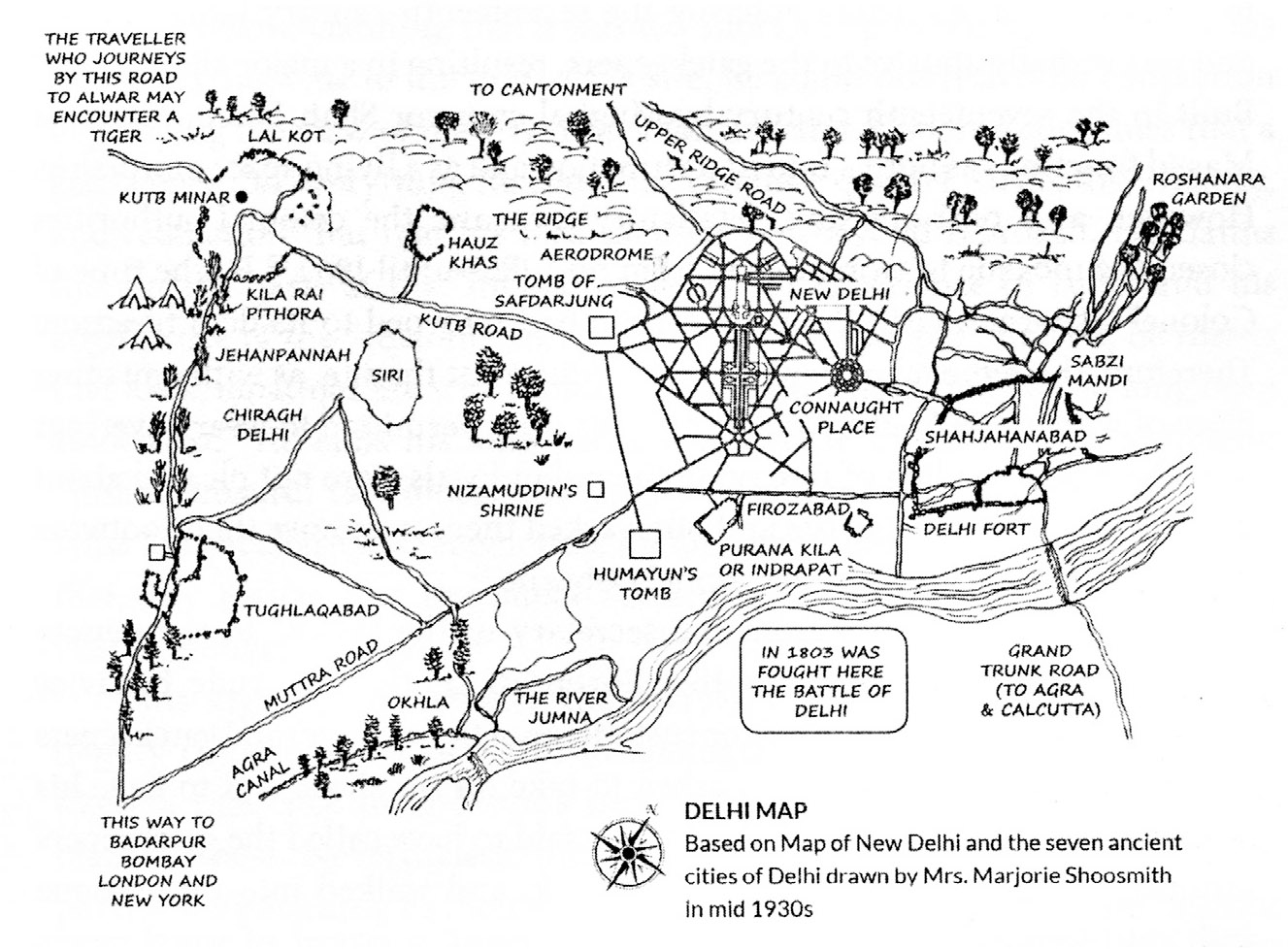| archaeology and memory
SILENT TESTIMONIES
RESILIENCE & RESISTANCE IN DELHI’S ISLAMIC MONUMENTS
Review by Abhinav Mishra
LA83 |
|
| The book critically examines how Delhi’s Indo-Islamic monuments resist state narratives and serve as sites of political contestation. Through rich archival research, the book traces their transformation across colonial, post-colonial, and contemporary contexts—from tourist destinations to protest sites and refugee shelters—revealing their layered meanings in public memory.
|
|
‘Place’ is something which gradually develops a totemic resonance, and its symbolic value is endlessly mobilised in political argument.[1] These lines by Doreen Massey relate to the ‘unruly monuments’ that Aditi Chandra discusses in her book, where not only people but also monuments somehow practice the act of resistance. In the prologue, the author presents striking examples of people in protest where the body serves as a tool, a marker of resistance. Apart from being tourist spots, these monuments also symbolise the idea of a ‘new nation’ by the state and a united nation from the repressed class. These include the Statue of Unity in Gujarat, the Statue of Liberty in the USA, and the Red Fort in Delhi. Particularly emblematic is the last incident, which occurred on January 26, 2021, also India’s Republic Day, a significant day of national importance. On this day, farmers protesting against the controversial farm laws marched and breached the Red Fort. The Red Fort was not only a fort palace for the Mughals but also a place from which the Prime Minister of India delivers his Independence Day speech. That fort was also a venue for the Indian National Army trials and later converted into a military cantonment after independence, remaining so until December 2003. Hence, physically claiming this indispensable site, a group of Sikh protestors climbed and affixed the Nishan Sahib with other Sikh religious flags on the fort’s dome and flagstaff. They physically claimed the Lal Qila,registering their visibility.
|


|
|

|
|
|
|
|